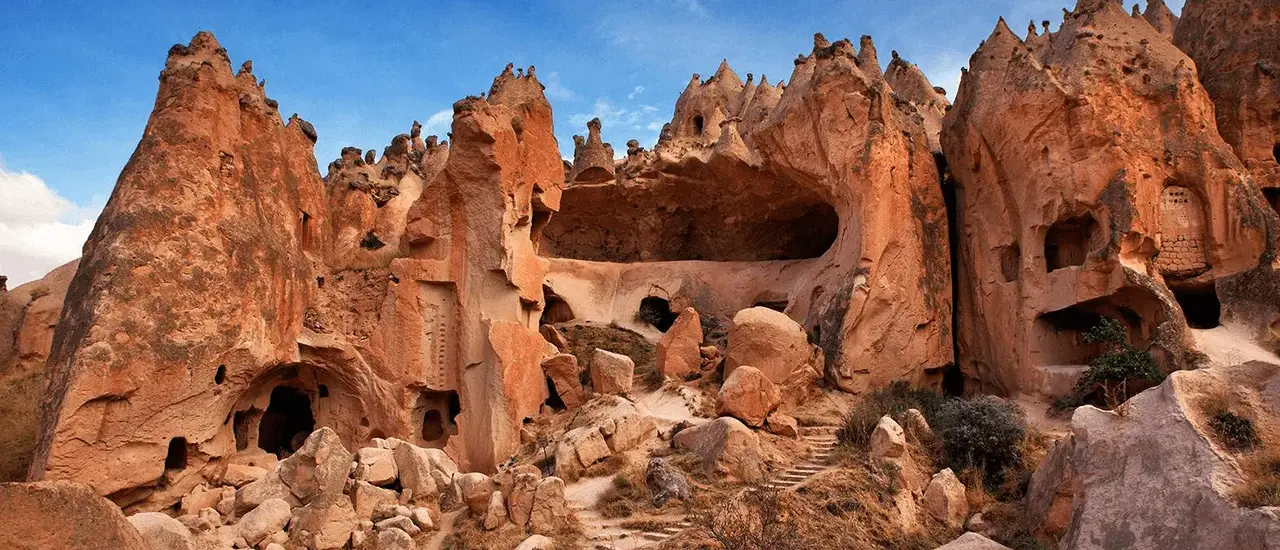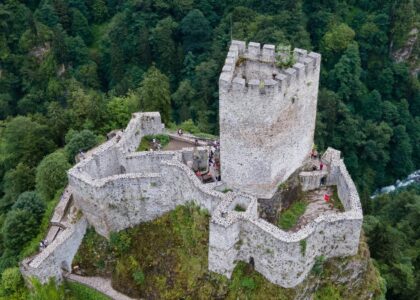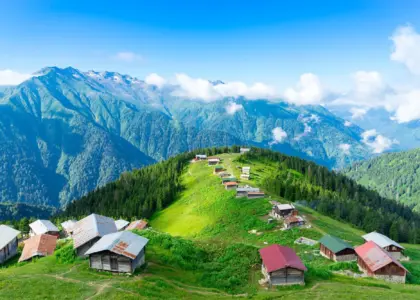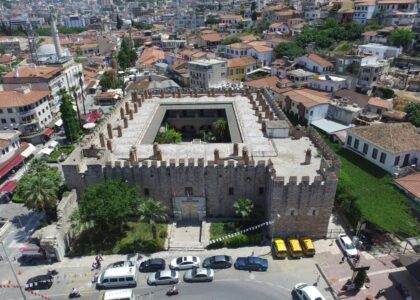The Zelve Open-Air Museum in Cappadocia offers a unique and less crowded exploration of ancient troglodyte life, spreading across three distinct valleys. Unlike the more famous Göreme Museum, Zelve provides a glimpse into a settlement that was actively inhabited until the 1950s.
Its history is rich, serving as an important Christian monastic center from the 9th century, featuring numerous rock-cut churches and one of Cappadocia’s earliest seminaries. A notable feature is the rare rock-cut mosque in the third valley, highlighting a later period of peaceful coexistence between Christian and Muslim residents before the population exchange in 1924.
The museum showcases countless cave dwellings, stables, dovecotes, and winepresses carved directly into the soft tuff. Visitors can wander through the valleys, connected by ancient pathways, exploring the structures that reveal the daily life of its former inhabitants. The site was ultimately abandoned due to increasing dangers from erosion and rockfall, leading to its designation as an open-air museum in 1967 and inclusion in the UNESCO World Heritage Site of Göreme National Park.






